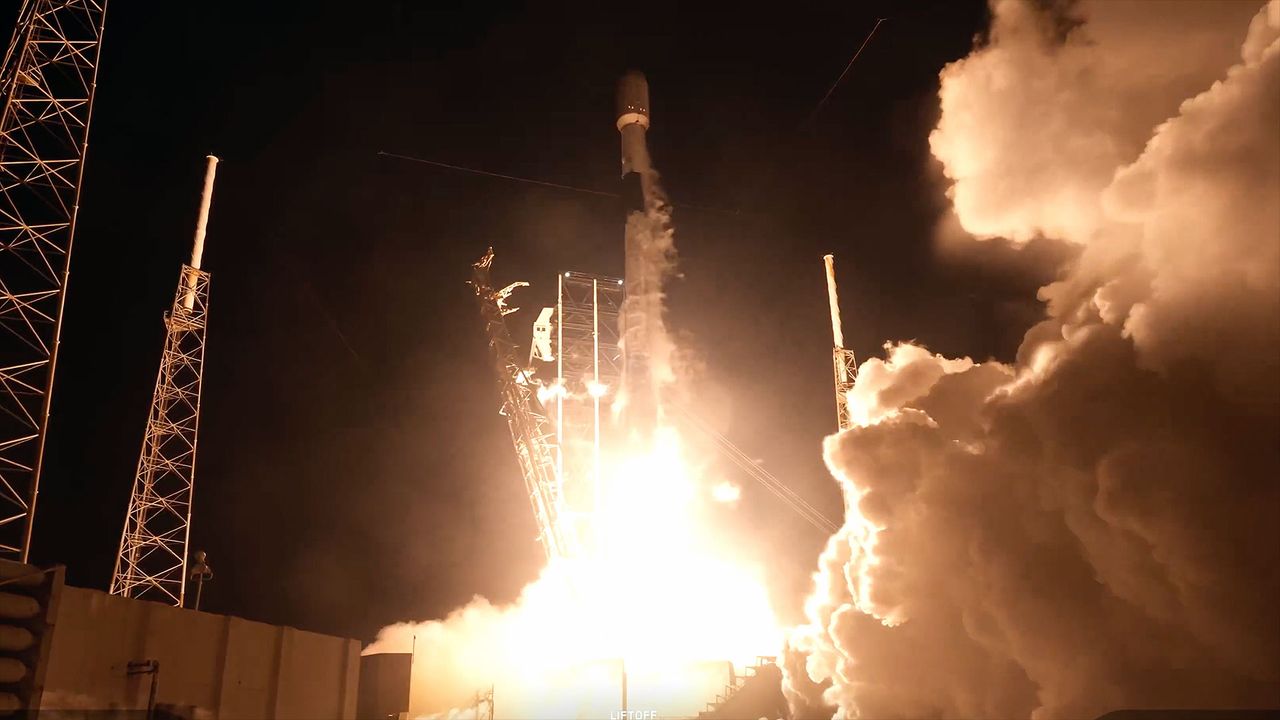SpaceX has successfully launched 28 Starlink satellites into orbit, enhancing its broadband internet service. The Falcon 9 rocket lifted off from Cape Canaveral Space Force Station in Florida on Tuesday night, July 29, 2025, at 11:37 p.m. EDT (03:37 GMT on July 30). This mission is part of SpaceX’s ongoing efforts to expand its low Earth orbit satellite constellation.
The launch, designated as group 10-29, saw the Falcon 9 rocket ascend for approximately nine minutes before deploying the satellites into their designated orbits. The mission marked the 26th flight of the first stage of the Falcon 9 rocket, identified as B1069. Following deployment, the rocket’s first stage successfully landed on the droneship “Just Read the Instructions,” positioned in the Atlantic Ocean.
Expansion of Starlink Megaconstellation
With this latest launch, SpaceX’s Starlink constellation now comprises over 8,050 active satellites, out of more than 9,300 that have been launched since the program’s inception in 2018. According to satellite tracker Jonathan McDowell, this growth is essential for providing global broadband coverage, particularly in underserved regions.
The mission on July 29 was SpaceX’s 96th launch of the year, with all but three missions conducted using Falcon 9 rockets. This week, the company plans to conduct additional launches, including another Starlink mission from California on Wednesday, July 30, and the Crew-11 astronauts’ launch to the International Space Station on Thursday from NASA’s Kennedy Space Center in Florida.
SpaceX continues to push the boundaries of space technology and satellite communications, making significant strides in accessibility and connectivity worldwide. As the company expands its fleet, it remains committed to delivering high-speed internet services to various locations around the globe, aiming to bridge the digital divide and enhance communication capabilities for users everywhere.
